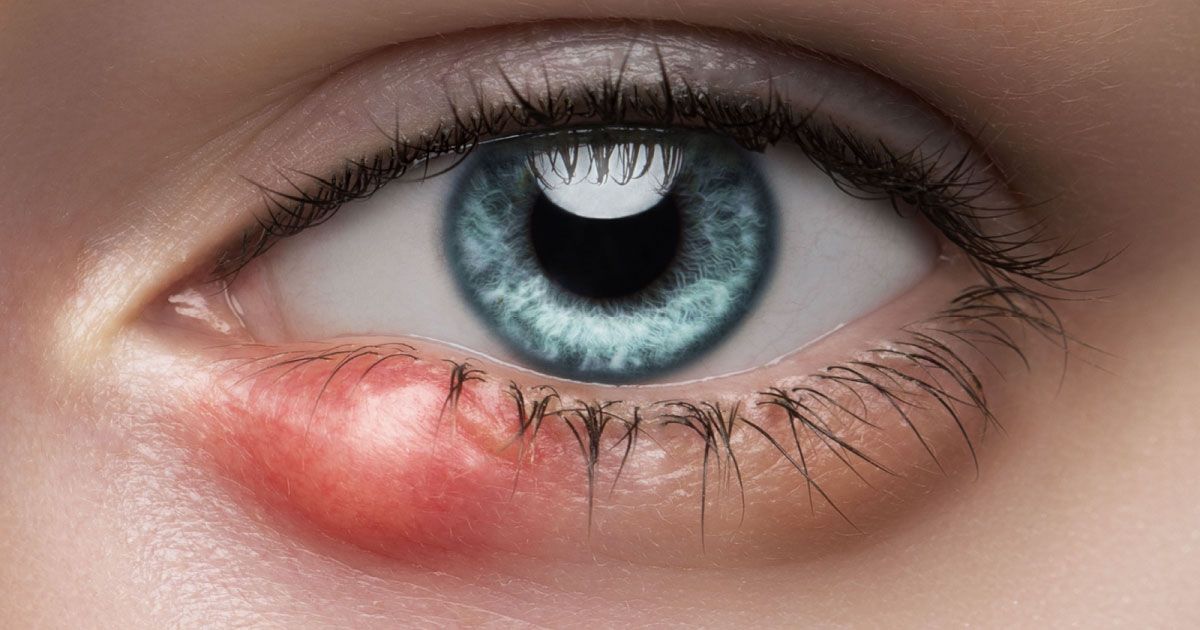Global Eyecare: Practices and Innovations from Around the World

Read time: 5 minutes
Eyecare practices vary significantly across the globe, influenced by healthcare systems, technological advancements, cultural norms, and regional challenges. Understanding these differences can provide insights into how different countries prioritize vision health and manage eye conditions. Here’s a comprehensive look at eyecare practices in several countries, highlighting both traditional approaches and modern innovations.
United States
In the United States, eyecare is largely managed by optometrists and ophthalmologists, who play pivotal roles in diagnosing and treating vision problems. Key aspects of eyecare in the US include:
- Role of Optometrists and Ophthalmologists: Optometrists conduct comprehensive eye exams, prescribe corrective lenses, and diagnose common eye conditions. Ophthalmologists, on the other hand, are medical doctors specializing in eye care, performing surgeries and treating more complex eye diseases.
- Technological Advances: The US leads in adopting advanced technologies such as Optical Coherence Tomography (OCT) for detailed retina imaging and LASIK surgery for vision correction. These technologies enhance precision in diagnosis and treatment outcomes.
United Kingdom
In the United Kingdom, eyecare is integrated into the National Health Service (NHS), providing accessible services to residents. Key aspects include:
- NHS Eyecare Services: The NHS offers free eye tests to eligible individuals and subsidizes the cost of corrective lenses. Optometrists and ophthalmologists collaborate within the NHS framework to deliver comprehensive eyecare.
- Community Optometry Practices: Private optometry practices complement NHS services, offering a range of eyewear and specialized treatments. This dual system ensures broad coverage and timely access to eyecare services.
Japan
Japan is renowned for its precision and technological prowess in healthcare, including eyecare. Key features of eyecare in Japan include:
- Technological Innovations: Japanese eyecare integrates cutting-edge technologies like high-resolution imaging systems for early detection of eye diseases. These advancements support proactive management of vision health.
- Cultural Influence: The emphasis on precision and meticulous attention to detail in Japanese culture extends to eyecare, fostering a culture of regular eye exams and proactive vision health management.
Australia
In Australia, eyecare services are supported by a combination of public and private healthcare sectors. Key aspects include:
- Medicare Benefits Scheme: Australian residents benefit from subsidized eyecare services under Medicare, covering comprehensive eye exams and essential treatments.
- Role of Optometrists: Optometrists in Australia play a crucial role in primary eyecare, providing services ranging from routine eye exams to specialized treatments for conditions like glaucoma and macular degeneration.
India
Eyecare in India faces unique challenges and showcases innovative solutions to improve accessibility and affordability. Key aspects include:
- Mobile Eye Clinics: Organizations deploy mobile eye clinics to reach underserved rural populations, offering free eye exams and distributing affordable eyewear.
- Telemedicine: Telemedicine platforms connect remote communities with specialist eye doctors, enabling timely diagnosis and consultation. This approach enhances access to eyecare services in geographically dispersed regions.
Technological Advancements Globally
Across all these countries, technological advancements in eyecare continue to evolve, aiming to enhance diagnosis accuracy and treatment outcomes. Notable technologies include:
- OCT (Optical Coherence Tomography): Provides detailed images of the retina, aiding in the early detection of eye diseases such as diabetic retinopathy and age-related macular degeneration.
- LASIK and Other Refractive Surgeries: Laser-assisted procedures like LASIK correct refractive errors, offering patients a minimally invasive option for vision correction.
- AI in Eyecare: Artificial intelligence is increasingly used for image analysis and diagnosis, improving efficiency and accuracy in detecting eye conditions.
Cultural and Regional Influences
Cultural beliefs and practices exert a profound influence on attitudes and behaviors toward eyecare on a global scale. For instance, in certain cultures, there is a stigma associated with wearing eyeglasses, which can deter individuals from seeking or accepting corrective eyewear despite vision impairments. This stigma may stem from perceptions of glasses as a sign of weakness or dependency, impacting the uptake of necessary visual aids.
Moreover, traditional remedies for eye health, such as herbal treatments or dietary interventions, often coexist alongside modern medical practices in many regions. These traditional approaches are rooted in cultural heritage and beliefs about holistic health, offering alternative methods for managing eye conditions that may complement or compete with conventional medical interventions.
Understanding these cultural dynamics is crucial for healthcare providers and policymakers striving to promote inclusive and effective eyecare practices that respect and integrate diverse cultural perspectives.
Challenges and Innovations
Despite advancements, global eyecare faces significant challenges. One of the foremost issues is ensuring that eyecare reaches remote and underserved areas, where access to healthcare facilities and specialists is limited. This disparity in accessibility persists across many countries, making it difficult for populations in rural regions to receive timely eye exams and treatments.
Additionally, the affordability of eyecare services and treatments presents another barrier, particularly for economically disadvantaged communities. The high cost of procedures, medications, and even basic eyewear can be prohibitive, further exacerbating disparities in vision health. Addressing these challenges requires not only technological innovations and medical expertise but also policies that support subsidized programs and initiatives aimed at making eyecare more affordable and accessible to all.
Conclusion
Eyecare practices vary widely across the world, shaped by healthcare systems, cultural norms, and technological advancements. By understanding these differences, we can appreciate the diversity of approaches to maintaining and improving vision health globally. Whether through advanced technologies in the US, integrated NHS services in the UK, precision-focused practices in Japan, accessible initiatives in Australia, or innovative solutions in India, the shared goal remains clear: to enhance vision health and ensure equitable access to eyecare for all.
Prioritize your vision health with regular eye exams and stay informed about the latest advancements in eyecare technology. Visit Urban Optiks Optometry to explore personalized eyecare solutions tailored to your needs.
The information provided in this article is intended for general knowledge and educational purposes only and should not be construed as medical advice. It is strongly recommended to consult with an eye care professional for personalized recommendations and guidance regarding your individual needs and eye health concerns.
All of Urban Optiks Optometry's blog posts and articles contain information carefully curated from openly sourced materials available in the public domain. We strive to ensure the accuracy and relevance of the information provided. For a comprehensive understanding of our practices and to read our full disclosure statement, please click here.
OUR LATEST POSTS
© Urban Optiks Optometry, Inc. 2009-2025
All Rights Reserved
Location
The Cairo Building
3788 Park Blvd, Suite 5
San Diego, CA 92103
Phone: 619.683.2020
Text: 619.683.2020
Fax: 619.683.2111
Email: info@uoosd.com
Hours
Monday: 9 am – 7 pm
Tuesday: 9 am – 6 pm
Wednesday: 9 am – 6 pm
Thursday: 9 am – 7 pm
Friday: 9 am – 6 pm
Saturday: 9 am – 5 pm
Sunday: Closed


















